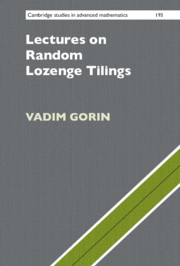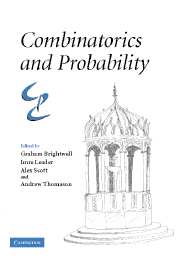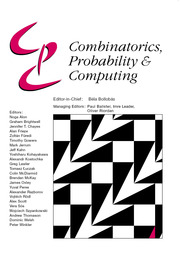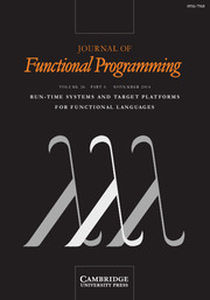Lectures on Random Lozenge Tilings
Over the past 25 years, there has been an explosion of interest in the area of random tilings. The first book devoted to the topic, this timely text describes the mathematical theory of tilings. It starts from the most basic questions (which planar domains are tileable?), before discussing advanced topics about the local structure of very large random tessellations. The author explains each feature of random tilings of large domains, discussing several different points of view and leading on to open problems in the field. The book is based on upper-division courses taught to a variety of students but it also serves as a self-contained introduction to the subject. Test your understanding with the exercises provided and discover connections to a wide variety of research areas in mathematics, theoretical physics, and computer science, such as conformal invariance, determinantal point processes, Gibbs measures, high-dimensional random sampling, symmetric functions, and variational problems.
- Introduces the theory of random lozenge tilings step by step, starting from the very basics and reaching advanced results
- Covers in detail almost all aspects of mathematics of random tilings
- Outlines numerous connections of tilings to other areas of mathematics, theoretical physics, and computer science
Reviews & endorsements
'The lectures provide connections between random tilings and many areas in mathematics and theoretical physics, and include an exhaustive reference list. Mathematicians and others interested in the hows and whys of this intriguing area would be well-served by consulting this text.' Thomas Polaski, Mathematical Reviews/MathSciNet
'It seems that the reviewed book is the first introductory text about this fascinating topic. The release of this book is a great event for everyone interested in this problem.' Anton Shutov, zbMATH
Product details
No date availableAdobe eBook Reader
9781108922906
0 pages
Table of Contents
- Preface
- 1. Lecture 1: introduction and tileability
- 2. Lecture 2: counting tilings through determinants
- 3. Lecture 3: extensions of the Kasteleyn theorem
- 4. Lecture 4: counting tilings on a large torus
- 5. Lecture 5: monotonicity and concentration for tilings
- 6. Lecture 6: slope and free energy
- 7. Lecture 7: maximizers in the variational principle
- 8. Lecture 8: proof of the variational principle
- 9. Lecture 9: Euler–Lagrange and Burgers equations
- 10. Lecture 10: explicit formulas for limit shapes
- 11. Lecture 11: global Gaussian fluctuations for the heights
- 12. Lecture 12: heuristics for the Kenyon–Okounkov conjecture
- 13. Lecture 13: ergodic Gibbs translation-invariant measures
- 14. Lecture 14: inverse Kasteleyn matrix for trapezoids
- 15. Lecture 15: steepest descent method for asymptotic analysis
- 16. Lecture 16: bulk local limits for tilings of hexagons
- 17. Lecture 17: bulk local limits near straight boundaries
- 18. Lecture 18: edge limits of tilings of hexagons
- 19. Lecture 19: the Airy line ensemble and other edge limits
- 20. Lecture 20: GUE-corners process and its discrete analogues
- 21. Lecture 21: discrete log-gases
- 22. Lecture 22: plane partitions and Schur functions
- 23. Lecture 23: limit shape and fluctuations for plane partitions
- 24. Lecture 24: discrete Gaussian component in fluctuations
- 25. Lecture 25: sampling random tilings
- References
- Index.






